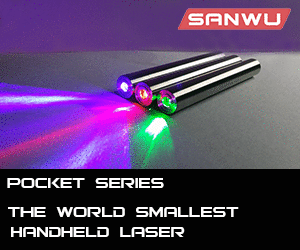- Joined
- May 29, 2011
- Messages
- 532
- Points
- 18
If there's a box that is heated to 5000 degrees Fahrenheit, a 1400mw 445nm laser will literally do nothing. I can't think of any other reason to use 445nm laser besides burning at near room temperature; it has no niche, any niche it could fill, another wavelength would fill better. Also, as for quartz, the melting temperature is 3002 Fahrenheit. I can't think of one clear material can withstand 5000 degree temperatures. You may be better off finding another resource for your purposes, LPF is a laser pointer forum and though we may have people qualified to answer your question, there is more expedient ways to do so, especially since you said a quick and efficient answer is important to you. Sorry for the hostility towards you. I hope you find your answer. :beer:
Last edited:



